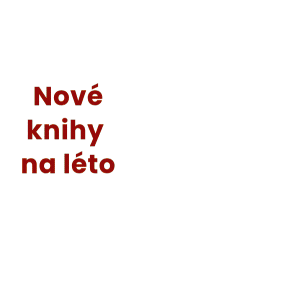Čítek J., Šlosárková S., Večerek L., Schröffelová D., Kučera J., Fleischer P. Kontrola dědičnosti zdraví skotu v ČR: současný stav a perspektivy. The control of bovine health inheritance in the Czech Republic: current states and perspectives. Veterinářství 2021;71(9):524-529.
SOUHRN
Výstupy z kontroly dědičnosti zdraví skotu, kterou v minulosti prováděl Státní veterinární ústav v Brně a později Výzkumný ústav veterinárního lékařství, v. v. i., v Brně, byly použity k analýze výskytu hernia cerebralis (HC) v populaci skotu v ČR. K analýze bylo k dispozici 11 případů hernia cerebralis, kterou podle metodiky stanovoval veterinární lékař. Byly sestaveny rodokmeny telat postižených HC a byly provedeny srovnání a analýzy z hlediska výskytu společných předků postižených telat. Většina telat neměla ve svých rodokmenech opakující se blízké předky. Také výskyt stejných předků u různých postižených telat nebyl častý. Všeobecně se předpokládá genetická etiologie defektu, ale naše výsledky k potvrzení této hypotézy většinově nepřispívají. Proto je žádoucí další studium příčin HC. Obecně by opatření proti otci s potomky se stejným typem kongenitálních defektů měla odpovídat současnému stavu poznání. Pokud je příčina genetická, býk by měl být vyřazen z reprodukce, nebo případně používán jen ve velmi omezeném rozsahu. Pokud etiologie není jasná, tak jako u tohoto defektu, lze připustit opatrné využití, avšak ne na matky býků. Přitom je vždy nutná pečlivá a systematická kontrola zdravotního stavu jeho potomků. Článek dále stručně charakterizuje současné přístupy ke šlechtění na pevné zdraví skotu v České republice a zdůrazňuje důležitost „-omics“ technologií ve šlechtění zdraví skotu. Autoři doporučují sledovat a vyhodnocovat výskyt kongenitálních defektů v potomstvu plemenných býků.
SUMMARY
The results of the control of bovine health inheritance, which in the past was performed by the State Veterinary Institute in Brno and later by the Veterinary Research Institute, v. v. i. in Brno, were used to analyse the occurrence of hernia cerebralis (HC) in cattle populations in the Czech Republic. Eleven cases of HF were available for analysis, which was determined by a veterinarian according to the methodology. The pedigrees of HC affected calves were compiled, and analysed for the occurrence of common ancestors of affected calves. The most calves did not have repeating ancestors in their pedi grees. Also, the occurrence of the same ancestors in different affected calves was not common. The genetic etiology of the defect is commonly accepted, but our results mostly do not support this hypothesis. Therefore, further study of the causes of HC is desirable. Measures against sires bearing defecting calves should follow the current state of knowledge. If genetic aetiology is obvious, the sire should be excluded from reproduction, or possibly used only to a very limited extent. When the aeti ology is not clear, as with this defect, the prudent use is possible, but not on the bull dams. But, in any case the systematic monitoring of the offspring is necessary. The article also briefly describes contemporary approaches to the health breeding in cattle population in the Czech Republic, and emphasizes the importance of „-omics“ technologies in cattle health breeding. The incidence of congenital defects in offspring of sires should be evaluated.




